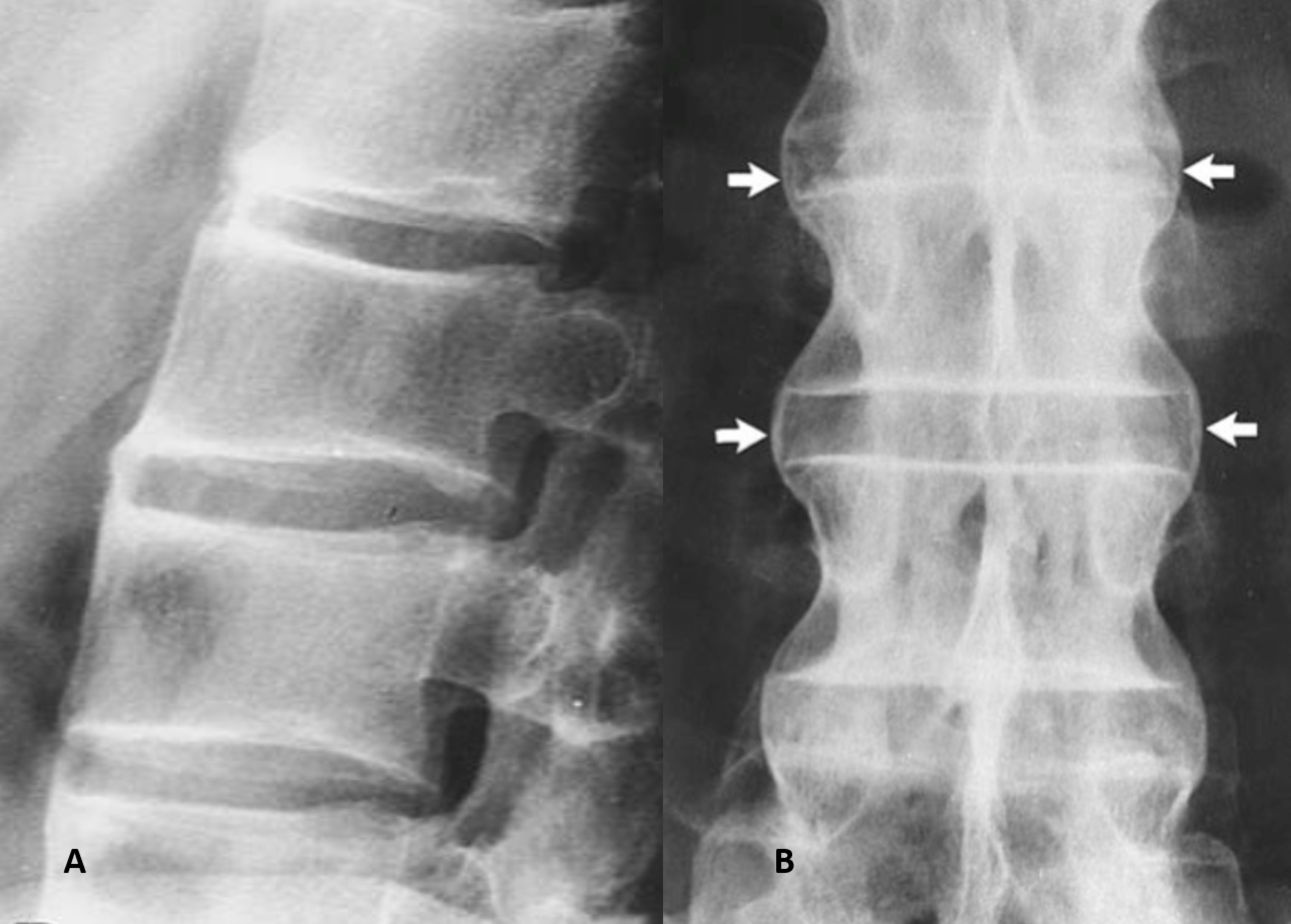


Gastrointestinal disorders- Although uncommon, inflammation from the spine in AS can spread to the intestinal tract.Even rarer cases could cause blurred vision, sensitivity to light, and severe pain (x). This is because in rare cases, inflammation from AS can lead to swelling, puffiness, redness, or pain in the eye. Eye problems- If you have AS, your doctor will most likely encourage you to make regular appointments with an eye doctor.Symptoms of cauda equina include pain and numbness, tingling in the legs, incontinence, and even paralysis if untreated (x). Cauda Equina Syndrome- This extremely rare condition causes bone growth, which leads to pressure and swelling at the end of the spinal cord.But in some rare cases, the following complications may occur: In most cases, AS symptoms occur in a predictable pattern. Rare Complications of Ankylosing Spondylitis Heredity– Those with a family history of AS are more likely to develop it, although a genetic history of the disease does not guarantee that someone will get it.Age– AS typically begins in late adolescence or early adulthood.Gender– AS affects men more often than women.Genetics do seem to be involved, specifically with the HLA-B27 gene, but not everyone with this gene is affected.

Unfortunately, ankylosing spondylitis has no known specific causes, although research continues to determine what sparks the disease. Patients may even lose the ability to walk. When the vertebrae fuse and ossify, it can make basic movement incredibly painful and difficult. In an x-ray, this gives the spine the appearance of a stiff stalk of bamboo (x). Bamboo SpineĬommonly associated with AS, bamboo spine occurs when the vertebrae fuse. And while losing weight is encouraged to improve symptoms, rapid, unhealthy weight loss may only worsen the condition. Weight loss and reduced appetite are commonly reported as a symptom of AS due to intense feelings of pain. In other words, the more weight a person carries, the more pressure it puts on spinal vertebrae or other joints that may be affected by AS. There is a direct relationship between body weight and ankylosing spondylitis. The pain could be so debilitating that AS may even impair a patient’s ability to work and earn an income. Studies indicate that a reduction of the range of motion in the spine and chest expansion can cause serious occupational disability. AS can permanently bend the spine as a result of spinal fusion. Additionally, as the disease progresses, inflammation worsens and flexibility decreases, making it harder to move the spine. Difficulty Bending OverĪS can make it extremely difficult to move, especially when bending over. It may lead to pain in the hips, buttocks, soles of the feet, jaw, wrists and knees (x). While AS affects the spine, it can also cause pain in other areas of the body. In contrast, women rarely report back pain, and instead describe pain in the knees, wrists, and hips (x). Men generally experience back and spinal pain along with pelvic pain. It is important to note, however, that AS affects each gender differently. In fact, it’s one of the early indicators of the disease (x). Since AS typically affects the spine, back pain is one of the most common ankylosing spondylitis symptoms. What symptoms should you look for if you suspect you have AS? Symptoms of Ankylosing Spondylitis Back Pain While there is no cure for AS, scientists are researching potential treatments, and remedies are available to ease the symptoms. Research suggests that AS is usually genetic, meaning you’re more likely to develop it if a relative has it. Symptoms typically begin to occur between a patient’s teens and 30s, and persist throughout adulthood. Men are two to three times more likely to develop AS than women. If the ribs are affected, AS can even cause difficulty breathing.ĪS affects men and women differently. People with AS generally end up with a hunched-over posture. This fusing is extremely painful, and makes the spine less flexible. Over time, this disease causes some vertebrae in the spine to fuse. Ankylosing Spondylitis is also referred to as AS, Bechterew’s disease, Marie Strumpell disease, and rheumatoid spondylitis.ĪS is more than just back pain it’s a type of inflammatory arthritis disease. It’s in the spondyloarthropathy family of inflammatory rheumatic diseases that cause arthritis. When it comes to back pain, ankylosing apondylitis is in a category all its own.


 0 kommentar(er)
0 kommentar(er)
